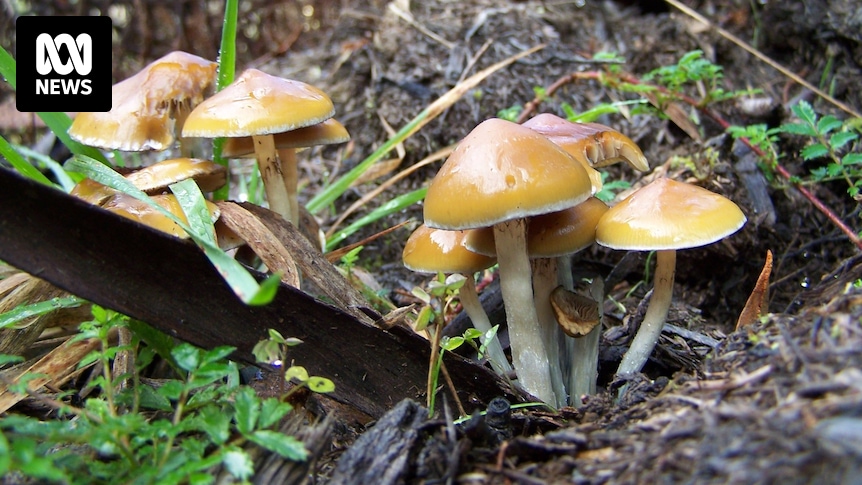Psilocybin, more commonly known as magic mushrooms, is one of the treatments for body image issues being explored at Australia’s first research centre for eating disorders.
Key points:
The federal government has invested $13 million into the new centreEating disorders have been on the rise since the COVID-19 pandemicThe new centre aims to help more Indigenous groups understand eating disorders
Officially opened on Friday, the Australian Eating Disorders Research and Translation Centre aims to reduce the burden on the approximately 1.2 million people living with an eating disorder nationally.
One of the centre’s nine key projects awarded a $25,000 state government grant will look at whether psilocybin could help free people from the destructive thoughts they have about their body.
“It’s an emerging area,” said researcher Claire Finkelstein.
“There’s currently lots of research happening into complex mental health conditions like depression and post traumatic stress and [obsessive compulsive disorder] … but we haven’t had a study looking at body image disturbance and psilocybin, so this is a first.”
Claire Finkelstein says psilocybin could help people escape negative thoughts. (ABC News: Ruby Cornish)
The federal government has invested $13 million in the centre over four years to transform treatment for eating disorders, which have a mortality rate that’s among the highest for any mental illness.
“Several studies have confirmed that anorexia is up the top of that list in terms of the most lethal mental illnesses,” Centre Director Sarah Maguire said.
“That is unacceptable and something research has to focus on and change.”
Dr Maguire said the ongoing stigma related to eating disorders, and beliefs that they were self-induced or part of a ‘lifestyle’, had contributed to a lack of research and funding.
“Eating disorders have been completely misunderstood,” she said.
“They are not about the ‘thin ideal’, they’re not about food … that’s how they present but the complexity and the reason they develop and the lived experience of the person who has it are entirely different from that.”
The centre has incorporated a diversity of voices, recruiting First Nations representatives and people with lived experience, like Shannon Calvert.
“My background is having a long-term, severe and enduring eating disorder … I didn’t think I would be here today to see this happen”, she said.
“I was very stuck in a system that said ‘we can’t, we don’t do eating disorders.’ Treatment became a revolving door and it was actually a very traumatic experience.”
Shannon Calvert said she felt certain she would not survive her eating disorder. (ABC News: Ruby Cornish)
She said she and her family had been making plans for the end of her life, until she met a team who prioritised her input.
“It’s so important that people with their own unique diverse experiences can bring that and contribute to the research that we’re doing, we can’t learn any other way,” she said.
Aboriginal and Torres Strait Islander co-lead Leilani Darwin said many Indigenous communities were not even aware of what an eating disorder was.
Leilani Darwin says there needs to be more conversations with Indigenous people about eating disorders. (ABC News: Ruby Cornish)
“It has to do with the use of language and what is basically a Westernised model of needing a formal diagnosis of something, she said.
“We haven’t had the conversations in our communities to understand that.
“Until we start … it’s going to be more of the unknown.”
Ms Finkelstein said the centre was opening at a time when disordered eating was more widespread than ever.
“After the hard years of the pandemic the prevalence of eating disorders more than doubled, it’s been such a difficult stage for people who have lived experience,” Ms Finkelstein said.
“So this kind of funding, looking into treatment options and to make treatment more accessible for everybody, is just like the light at the end of the tunnel, it’s really exciting.”

